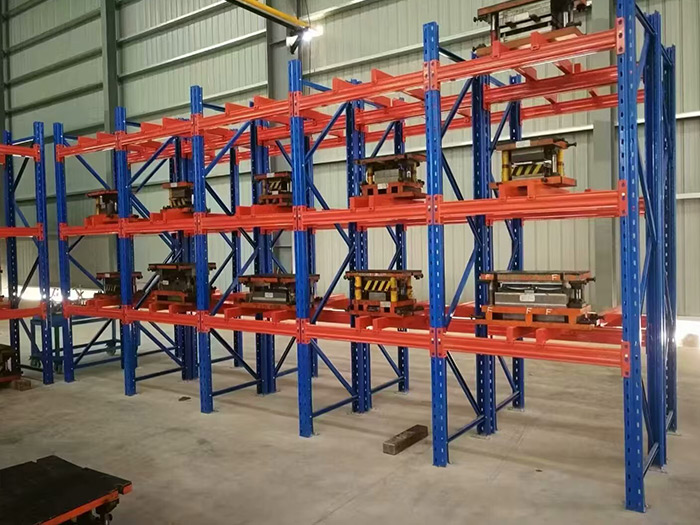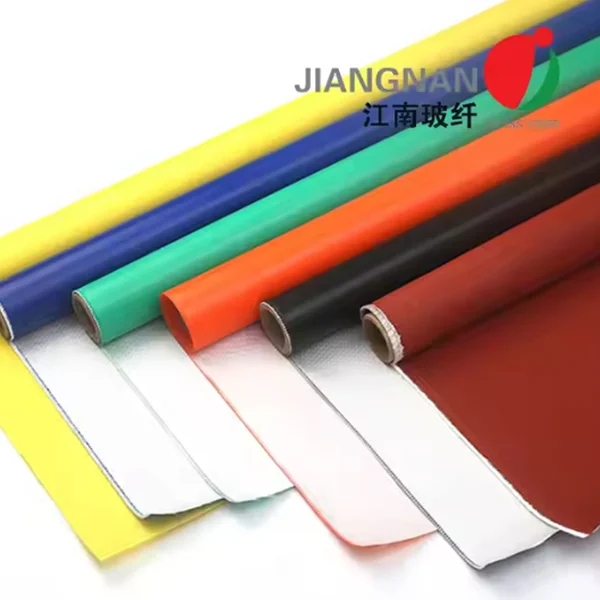When it comes to interior design and construction, PVC (Polyvinyl Chloride) ceiling boards have gained popularity due to their affordability, versatility, and ease of installation. However, as with any material, there are inherent disadvantages that potential users must consider before making a decision. In this article, we will delve into the various drawbacks of PVC ceiling boards, providing a nuanced understanding that can aid in informed decision-making.
- Environmental Concerns
One of the most significant disadvantages of PVC ceiling boards is their environmental impact. PVC is a synthetic plastic polymer that is derived from fossil fuels, which raises concerns about sustainability. The production of PVC involves the release of harmful chemicals, including dioxins, which can have detrimental effects on both human health and the environment. Furthermore, PVC is not biodegradable, leading to long-term waste management issues. As consumers become more environmentally conscious, the use of PVC materials may be viewed unfavorably.
- Limited Aesthetic Appeal
While PVC ceiling boards are available in various designs and colors, they often lack the aesthetic depth and warmth that natural materials like wood or plaster can provide. The glossy finish of PVC can sometimes appear cheap or artificial, which may not align with the desired ambiance of certain spaces. For high-end residential or commercial projects, the use of PVC ceiling boards may detract from the overall design quality, leading to a less appealing interior environment.
- Durability and Longevity Issues
Although PVC ceiling boards are marketed as durable, they are not immune to wear and tear. Over time, exposure to UV light can cause the material to fade, leading to discoloration and a less attractive appearance. Additionally, PVC is susceptible to cracking and warping, especially in extreme temperature fluctuations. This can result in costly repairs or replacements, negating the initial cost savings associated with their installation.
- Fire Safety Concerns
Fire safety is a critical consideration in any building material. PVC ceiling boards are classified as combustible materials, which means they can catch fire and contribute to the spread of flames. While many manufacturers treat their products with flame retardants, these treatments may not be foolproof. In the event of a fire, the combustion of PVC can release toxic fumes, posing serious health risks to occupants. Therefore, it is essential to evaluate the fire safety standards of PVC ceiling boards before installation, especially in commercial or high-occupancy buildings.
- Maintenance Challenges
While PVC ceiling boards are often marketed as low-maintenance, they can present unique cleaning challenges. The smooth surface may attract dust and grime, requiring regular cleaning to maintain their appearance. Additionally, harsh cleaning agents can damage the surface, leading to discoloration or degradation of the material. This can be particularly problematic in environments with high humidity, where mold and mildew can thrive if not properly managed.
- Installation Limitations
Although PVC ceiling boards are relatively easy to install, they may not be suitable for all types of ceilings. For instance, irregular or uneven surfaces can complicate the installation process, potentially leading to unsatisfactory results. Moreover, the lightweight nature of PVC can be a double-edged sword; while it simplifies handling, it may also require additional support structures in certain applications to ensure stability and longevity.
Conclusion
In summary, while PVC ceiling boards offer several advantages, including cost-effectiveness and ease of installation, they also come with a range of disadvantages that should not be overlooked. Environmental concerns, aesthetic limitations, durability issues, fire safety risks, maintenance challenges, and installation limitations are all critical factors to consider. As with any building material, it is essential to weigh these drawbacks against the benefits to make an informed choice that aligns with your specific needs and values. By understanding the full scope of PVC ceiling boards, homeowners and builders can make decisions that contribute to both the functionality and aesthetics of their spaces.


